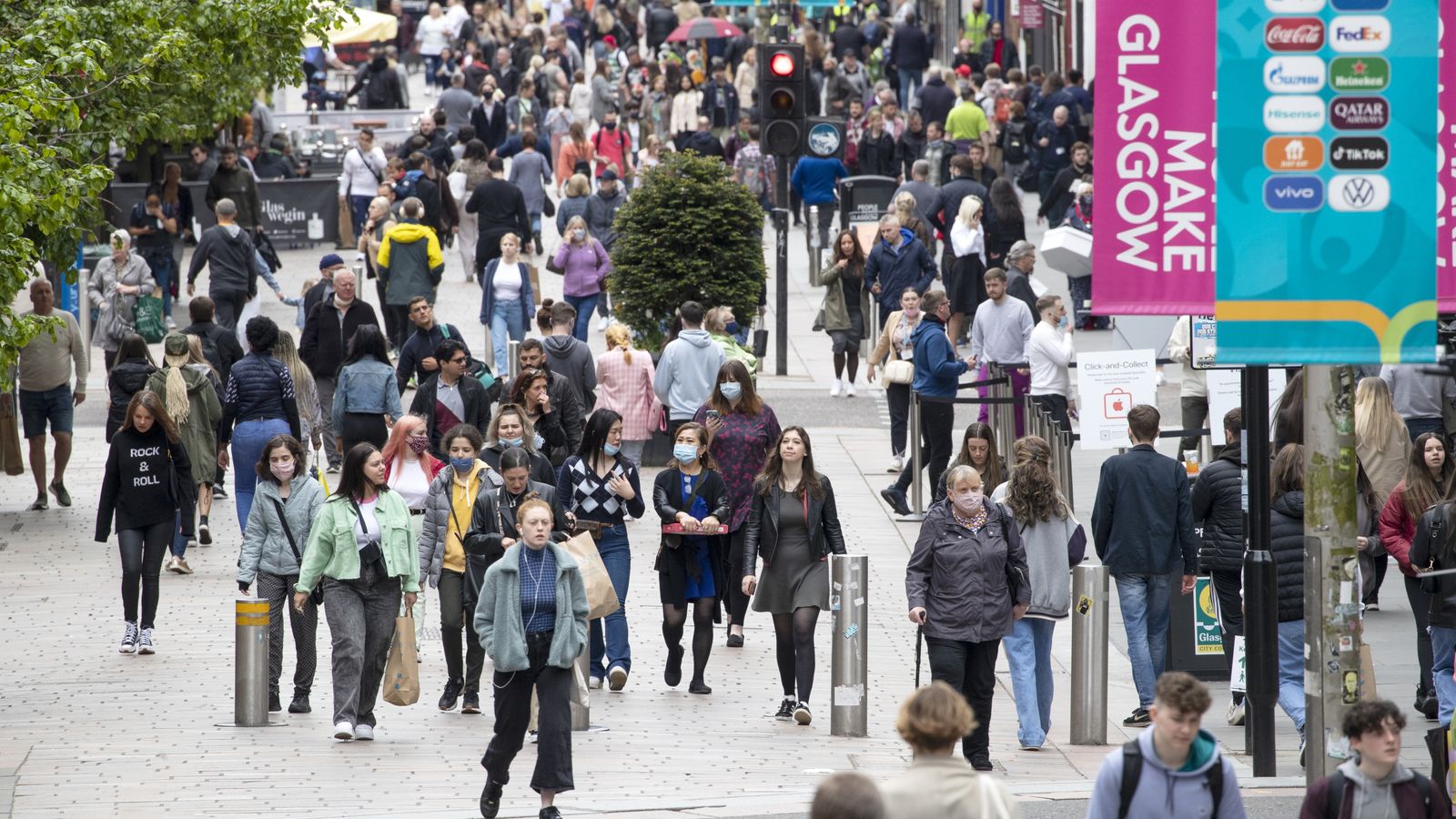Surprise rise in retail sales thanks to bank holidays and sun

There was a surprise rise in retail sales last month despite inflationary pressure and rising borrowing costs, official figures show.
The Office for National Statistics (ONS) said retail sales volumes grew by 0.3% in May, slightly less than the 0.5% growth in April and far better than the 0.2% decline forecast by economists, as warm weather and the King’s coronation and May bank holidays, boosted online sales of outdoor goods and summer clothes.
Garden centres and DIY shops also benefitted.
More was spent on takeaways and fast food during the month as people celebrated the coronation and the usual May bank holiday. But food store sales fell as supermarkets increased prices, the ONS said.
Food inflation has risen nearly 20% in the year up to April.
Possibly due to the low number of rail strikes, petrol sales increased 1.7% in the month, up from a 1.7% contraction in April.
The figures cover the month where mortgage rates increased further.
At the time, interest rates were projected to rise higher in response to an increase in core inflation, a measure of price rises excluding volatile categories such as food and fuel, to what had been the highest level in 30 years.
Also released on Friday was a closely watched index of shopper sentiment, which said consumer confidence is at its strongest in 17 months and grew for the fifth month in a row.
Advertisement
Please use Chrome browser for a more accessible video player
1:40
Sky’s Ian King says households clearly have a cushion of savings built up from the pandemic.
The survey, by research group GfK, did not cover data for Wednesday and Thursday when shock inflation figures and a Bank of England interest rate rise were announced.
Overall the figures suggests the economy has been resilient to the shocks of inflation and interest rates.
Read more:
The big interest rate rise: Who will be affected – and how much worse could it get?
Scale of rate hike is shock therapy for UK’s inflation problem
Economic research firm Pantheon Macro sees positives in the coming months.
“The good news is that households’ real disposable incomes will be boosted by 0.8% in July by a sharp fall in energy prices,” the group’s senior UK economist said.
Listen and subscribe to the Ian King Business Podcast here
“This boost should outweigh the drag from mortgage refinancing, which likely will subtract a mere 0.2 percentage points from quarter-on-quarter growth in households’ real disposable incomes over the coming quarters, given that only 30% of households have a mortgage and only 7% of fixed-rate mortgages need to be refinanced every quarter.”
The view is not universally held and economic research business Capital Economics said.
“Our view is still that the growing drag on activity from higher interest rates will eventually tip the economy into recession, generating a 0.5% peak to trough fall in real consumer spending”.